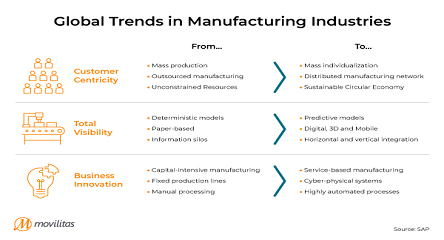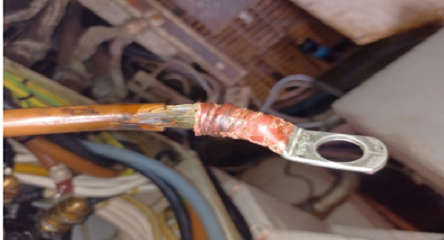Myth Busting: Leave Room for Surprises
Surprises happen anywhere and to everyone. In your operation, you can expect that regardless of your best efforts, some work will arise that must be done right away. Most would call these emergencies.
To me, an emergency is something that is or is about to have a MAJOR impact on: Safety (i.e., injury or death), Environment (i.e., a major incident that is likely to get you fined or shut down), or Production/service delivery (i.e., irreparable impact on the bottom line in the financial reporting period).
Anything less than those could be urgent (i.e., we need to get on it before the next scheduling cycle or it could escalate into one of the above), or routine (i.e., it can wait for the next one or two scheduling cycles). Note that a scheduling cycle is normally weekly.
Note that the impacts above are all on the organization, not on any individual. Anything that is upsetting a shift or daily quota that might look bad for a supervisor, or another boss, is not an emergency nor urgent. Should we allow room in our schedule for these?
Many planners and supervisors, particularly from operations, believe we should. They believe we should make allowance to cover any eventuality. The result of that is usually that too much unscheduled time is left “slack” in the schedule. Of course, that doesn’t mean your work crews will be hanging around doing nothing. Quite the contrary. They will always look very busy. Parkinson’s Law states that work will always expand to fill the time available for it to be done. That’s inefficient.
In a well-run organization with a high percentage of planned work, good scheduling, and good schedule compliance, there shouldn’t be any “emergencies” of the types described above. To achieve those levels of planning, scheduling and compliance requires that you have an effective proactive maintenance program. If you have that, then you’ve thought of the sorts of failure modes that could occur and already defined what to do about them – mostly proactive, and that is what defined your effective PM program.
If you have done that, then you will still have roughly 25–30% of your work arising from failures that you’ve consciously decided can be allowed to run to failure. You do that because the consequences of those failures are tolerable – i.e., they do NOT fit the description of emergency above.
In this situation, you can safely schedule all of your trades’ available time and leave nothing for “emergencies”.
Let’s say you aren’t there yet though. You have embarked on a program to define your PM program, to improve planning and scheduling and schedule compliance, but you aren’t there yet. In that case, congratulations – you are heading the right way. But you may still have urgent work arising. You may even have work that could be allowed to run-to-failure occur, but you treat it as urgent because you haven’t really analyzed the consequences of those failures and made a strategic choice.
In those circumstances, it does make sense to allow for some portion of urgent work arising. However, I would recommend that you keep that allowance well below your historical levels. If you have only 50% schedule compliance, that means you have 50% of “emergency” work (whether it is truly emergency or not). I’d allow for 25% of work arising and schedule the other 75% of my work crews’ time. Get them used to working to a schedule on proactive work. Use overtime and contractors to deal with the overflow and continue to emphasize your efforts on planning, scheduling, PM program definition and compliance.
As those improve, the overtime and contractor spending will come down. In the meantime, they will show up in your financials and serve to keep the pressure on your improvement efforts. Think of it as short-term pain for long-term gain.
BOTTOM LINE: If you reduce the pain the short term, you are only dealing with symptoms of bigger problems, and doing nothing to solve the underlying causes.





